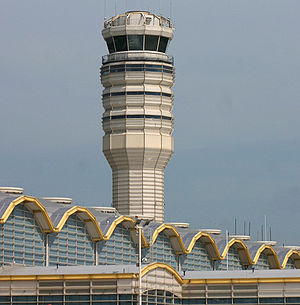One characteristic of government is that it seldom opts for clear communication when confusion and obfuscation are available options. Take “sequestration,” for example. It’s a heretofore relatively unheard word–and still would be–had the White House not proposed it as leverage to force Congress to compromise dealing with the nation’s fiscal irresponsibility. When Democrats proved even more stubborn than their mascot, and Republicans, likewise, displayed the nimbleness (or lack thereof) of theirs, onerous, supposedly unacceptable budget cuts were triggered on March 1. Never mind that 90% of the American populace still doesn’t know what “sequestration” means and the other 10% define it simply as “dumb!” The fact is, it’s probably not that big a deal. The President has disavowed the idea came from his White House, despite clear evidence to the contrary. Rather than offering an alternative or taking a stab at cutting the budget where it would be the least painful or relatively unnoticed, he abrogated his leadership responsibility and, instead, suggested that sequestration is really just another word for “Republican blunder.” Then he went out and blamed all the potential–and overblown–consequences on his opposition. For their part the GOP reacted like the Generally Outmaneuvered Politicians many of them are, and ran for cover.
The facts are, the sequestration cuts actually aren’t cuts at all–they’re simply limits to how much current spending can grow–and the amounts that they actually diminish that spending will take us back to roughly the same level at which the government was operating in 2008. In other words, it won’t be that bad. It actually represents paring some of this Administration’s bloated spending. The only problem, really, is that the President and his Administration are using it to try to score political points. The law he signed in 2011 gave them broad discretion on what cuts would be mandated–and they’ve had two years to work on avoiding the situation altogether or, at least, coming up with a plan that would minimize pain. The President did neither. Instead, he trotted out Cabinet Secretaries and other officials to offer non-specific solutions–all of which included increasing taxes– and spent virtually all of his non-golfing hours trying to scare the public and the opposition into caving in. Actually, while he was blaming them, he implied that the Republicans could avoid sequestration’s dire circumstances by simply “addressing it in a spirit of bipartisanship.” That’s Obama-speak for “doing it my way…or the highway!”
So how does this foolishness really impact the aviation community. The FAA has stated emphatically that safety will not be compromised as a result of the Operations funding used to comply with sequestration requirements. That said, the agency’s day-to-day operations will inevitably be impacted. It plans to furlough employees on a one day out out of every pay period (every ten business days, or two calendar weeks) basis, starting in April and continuing through at least the end of the government’s fiscal year on September 30. As the National Business Aviation (NBAA) pointed out in reviewing the potential effects of sequestration, Air Traffic Control facility managers will have the flexibility to schedule those furloughs so that they have the least-intrusive impact on each facility’s efficiencies.
In terms of the contract work, the agency will likely focus most closely on the air traffic control towers managed under the Federal Contract Tower Program. The FAA has identified both these FAA-funded contract towers, as well as government-run control towers, with less than 150,000 total operations, or less than 10,000 commercial operations that will potentially be closed to meet sequester requirements. In recent public remarks, FAA Administrator Michael Huerta has suggested that service reductions at FAA control towers could have a disproportionate impact on general aviation.
The FAA also anticipates a denigrated ability to provide upkeep on its facilities and services, including, as just one example, navigational aids (NAVAIDs). It is generally assumed that preventative maintenance of some NAVAIDs may require much longer intervals, or if deemed not a high enough priority, may not be restored to service at all. Transportation Secretary Ray LaHood made the situation as dire-sounding as possible and even invoked the possibility of security delays and lost efficiency on the part of the Transportation Security Administration (TSA). Such an intimidating prospect was designed to cause the traveling public to convulse, en masse. The sheer thought of the TSA creating delays and being more inefficient might well cause some people to literally get out of line at the airport and go home!!
In the end, sequestration will probably prove to be a mixed bag: it’s actually accomplishing something a majority of voters have indicated they favor–a slow down in out-of-control government spending. Unfortunately, the Administration has chosen to target areas for across-the-board cuts that will cause some pain, rather than seek to avoid it. Sequestration is really just a political tool, being wielded by a President and Administration that cares more about winning elections than saving money. That’s a pretty pointed explanation for it. It still falls short of communicating what it truly is…bipartisan stupidity!



